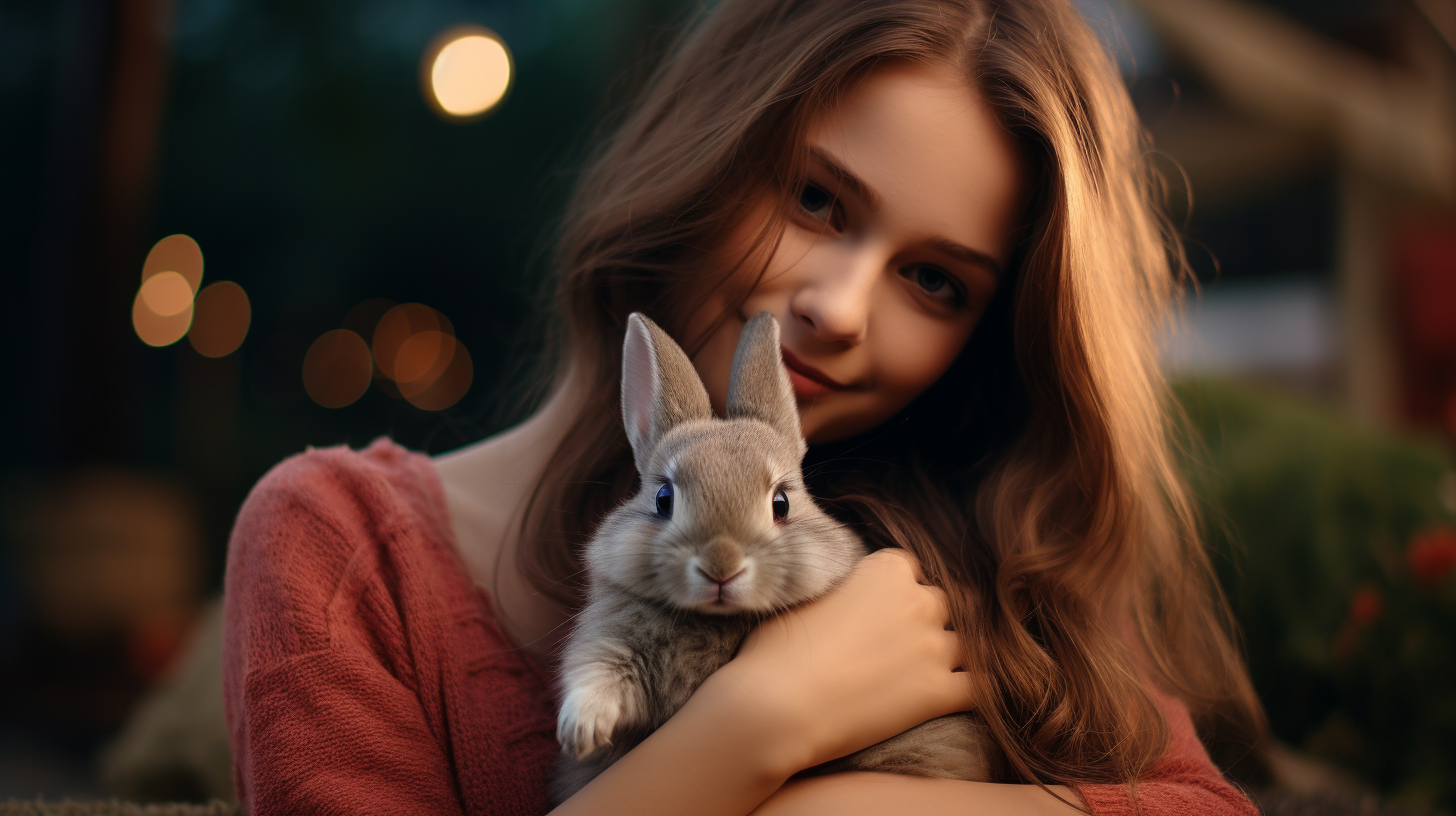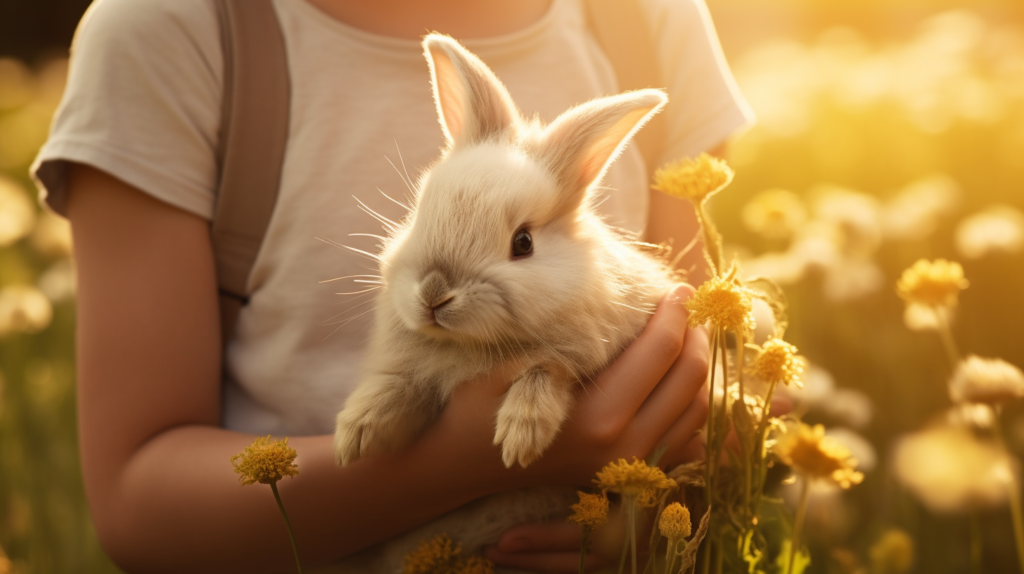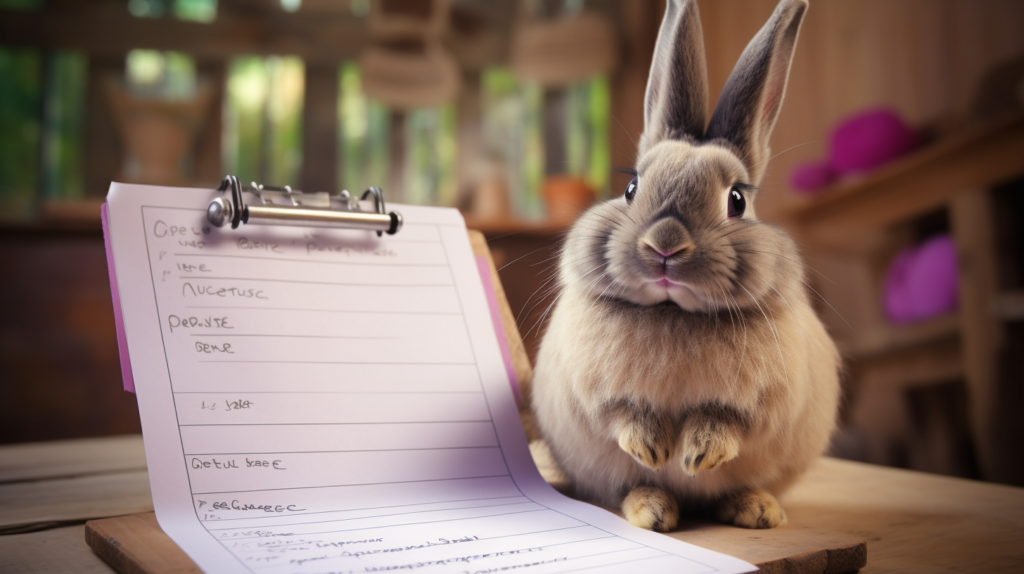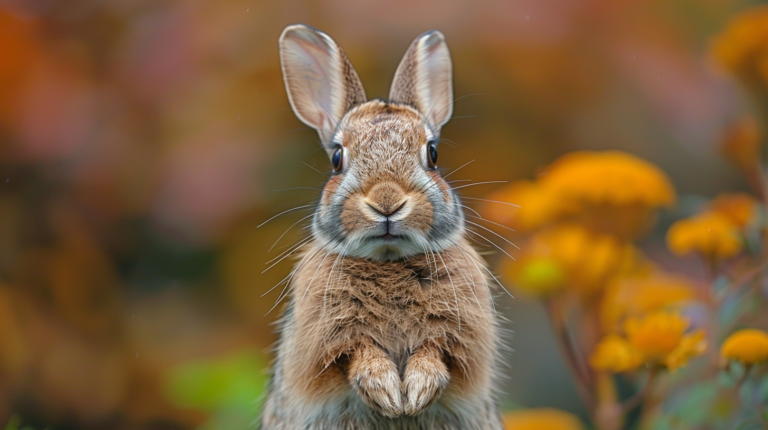How to Take Care of Rabbits as Pets – 12 Awesome Tips

Bunnies can be an ideal pet selection for kids because you can accompany them and they hardly make any noise. On the other hand, the need for your time and attention is as important to them as it is to other pets. They need that of you too if they have to consider being healthy and cheerful. While adopting a rabbit, remember that there are lots of social and active animals that you need to keep with their partner, otherwise, they may not be happy and excited as well as when they are in a company to play and romp.
How to take care of rabbits as pets: Caring for rabbits in a domestic environment requires the provision of a fitting environment that includes tech energy to avoid monotony through toys like balls and tunnels. Another important thing is to provide them with a balanced diet that includes green veggies such as kale, lettuce, and spinach.
Rabbits are one-of-a-kind pets; how to take care of rabbits as pets: obviously they have some requirements as pets that should be paid attention to for their happiness. These critical factors such as the safety and brain stimulation of a baby as well as regular interaction and healthy eating habits play an important role in his or her well-being. As these small creatures have social needs and their choices of companions and playtime play a big role in their overall holistic health. They need to be accordingly taken into account while living in captivity.
Tips For How to Take Care of Rabbits as Pets

This type of responsibility includes providing every step for a perfect lifestyle and health of a rabbit as a pet. Let’s get you on your way to the path of proper pet parenting Here is a detailed guide to help you care well for your fluffy friends.
Choose the Right Habitat:
The first thing you must do is provide your rabbit with a safe habitat conducive to comfortable living. A big hutch or roomy cage will make him not cramped and do all the movements in it. You might want to have two rabbits to keep each other company. But don’t forget to spay or neuter them so as not to cause families of unwanted rabbits.
Indoor Care:
- Set Up Safe Indoor Housing: Create a spacious and specific area where your rabbit can freely move around and play indoors. Do not make it too crowded.
- Bunny-Proof Your House: Protect your belongings by covering wires, putting baseboards in place, and eliminating toxic things.
- Provide Fresh Hay: Provide Timothy or Orchard grass hill to your horse as hay cream all day. This is a good start. It helps the absorption of nutrients and the passing away of food residues. Moreover, teeth stay healthy and decay-free because of it.
- Fresh Greens and Water: Apart from hay, provide your rabbit with fresh green leafy vegetation and water in clean bowls every day.
- Set Up a Litter Box: Train the rabbit briefly to use a litter box to have rabbit-friendly litter and to stay clean all the time.
Outdoor Care:
- Secure Outdoor Enclosure: If your rabbit is outdoors, ensure you give it a secure shelter that can keep it safe from predators and severe temperatures.
- Exercise Area: Open the door for your bunny to be outdoors in a secure area where it has enough space for exercise and play.
- Monitoring: Make it a point to do routine checking of the outside surroundings for safety hazards and be sure your rabbit is fine and at ease.
Essential Care:
- Monitor Health: Visit the veterinarian at intervals enquire about diseases do regular checks and go for routine vet checkups.
- Exercise and Play: Establish an area where your bunny can exercise and ensure giving your bunny some toys for mental improvement.
- Grooming: Taking care of your rabbit’s breed is quite important. It requires a regular brush for rabbits with a thicker hair coat for it to prevent matting or hairballs.
- Love and Affection: Create a special communion with your rabbit by spending quality time together. Which will enhance the rabbit’s emotional state and well-being.
With the mentioned guidance of both indoor and out workers’ lives for your bunnies it is possible to be secure, healthy, and happy in return.
Newborn Rabbit Care: Step-by-Step Tutorial (Detailed Instruction)

- It is important to monitor the mother to make sure she doesn’t forget her babies.
- Look for taut tummies, serene sleep throughout the night as well as sagging tongues in the babies, and be assured that they are well fed.
- Completely wash hands for at least 20 seconds before handling just to reduce the spread of the virus.
- Encourage lactation through maternal breastfeeding before giving a baby food with hands.
- Employ techniques like lifting the mother bird over the nest or guiding them by nudging the nipple when it’s time for them to feed themselves.
- Consume a balanced formula that one can easily mix with warm water such as the Wombaroo Rabbit Milk.
- Keep strict to the instructions for mixing and then give small injections with a small plastic syringe for feeding.
- Slow feeding to avoid food from aspiration into the airway(lung).
- Minimize force-feeding and handle babies only when no other feedings are viable.
- Do not use only synthetic stuffing like wool. Instead, natural materials like cotton are strongly advisable.
- Warm water bottle inserts are to be applied over the towel to provide extra heat when necessary.
- Begin feeding semi-solids (like cereals) to him/her at about 10 days of age.
- Keep a watchful eye on the baby’s readiness to ditch the bottle and let me know if the time has come to replace the bottle with a spoon-fed meal.
- Until the mating period (weeks 10-12), separate males and females to achieve a healthier and more body and prevent early unplanned pregnancies.
- Let’s start at eight weeks old with training and taming: calm and socialize by handling.
- Make it a routine to put the nesting box inside the house for additional care, and at the same time watch their momma develop the babies’ feed for adaptability.
- Contact a veterinarian at once in case the mother rabbit is ailing. Or if the little one is not getting proper nursing from her.
Rabbit Supply Checklist for a Happy Bunny:

- Housing Essentials:
- Safe puppy pen that is heightened at the minimum level of 36 inches.
- Cable and guard wires for secured applications.
- Furniture Protection:
- Large hex thermal panels or 4/0 catalytic converter flex tubing.
- Plastic couch blockers.
- Litter and Food:
- Cat litter box, water container, or small dish for food.
- Using paper pellets whose base is newspaper-recycled litter.
- Timothy hay-based pellets.
- Feeding Accessories:
- Bowls for pets are made of high ceramic.
- Hay feeder, which shall be filled with fresh hay.
- Toys and Enrichment:
- Be chewed by your dog, seagrass mats, and ground balls.
- Puzzle toys and cardboard for meditation.
- Nail Care and Transport:
- Nail clippers for nail trimming.
- Small carrier bag suitable for trips with rabbits.
- Cleaning Supplies:
- If you have pets at home, it is essential to be aware of the ingredient list of cleaning sprays. If there is a pet-safe cleaning spray, use this. You can also combine vinegar with water.
- Lid on a trash can for easy recycling.
- Optional Additions:
- A bell with many different big holes.
- Rabbits also like to play or become active. Therefore rabbit towers or tunnels should also be part of the furniture needed.
Provide your rabbit with a secure and functional home by using these essential items and the preferable additional options.
How to Take Care of Rabbits as Pets – FAQ’S
What is the basic care for rabbits?
Feeding your bunny well is the key condition for good health that you can boast of. This implies a balanced feed, a nice cozy accommodation, regular health inspections, and access to social pleasures.
Do rabbits need sunlight?
Even though that wouldn’t be the ultimate solution. Because of the risk of overheating and sun damage. Briefly, sunlight exposure might contribute to the fostering of their vitamin D levels.
What are 5 interesting facts about rabbits?
Hares have 270° scanning hearing spheres, convey affection by licking and grooming each other, are most active near dawn and dusk (crepuscular), do binky hops (quickly jumping from side to side) when happy, and can reach speeds of 30 mph.
Are rabbits easy to take care of?
Though they have special requirements, rabbits are still worth having a companion with and also taking into consideration that they have particular needs.
What do rabbits need for beginners?
A healthy and happy pet bunny should have a proper cage, enough hay, rabbit vegetables, pellets, water in a litter box, and a hidey house for fun and safe chew toys to be kept.
How to Identify a Happy Rabbit?
Signs of a happy rabbit that can be determined include binkying, teeth grinding, flopping down, strong appetite, playful, and inquisitive nature. Vaccination is a routine procedure in equestrian sports, and any abnormal change should be investigated by a vet.

As a professional Dr. Irfan Adil has reviewed and written insightful articles on animal health, demonstrating his expertise in the field. His thorough approach and dedication to staying updated on the latest veterinary practices ensure that his patients receive the best possible care. Dr. Irfan Adil is a highly qualified veterinarian based in Lahore, Pakistan. He earned his Doctor of Veterinary Medicine (DVM) degree from Islamia University of Bahawalpur (October 2016 – August 2021). Dr. Adil further specialized in Livestock Management, completing his MPhil from the University of Veterinary and Animal Sciences, Lahore (January 2022 – March 2024). With over three years of experience in a pet clinic, Dr. Adil is committed to providing top-notch pet care and expert advice for pet owners. Meet Dr. Irfan Adil




2 Comments